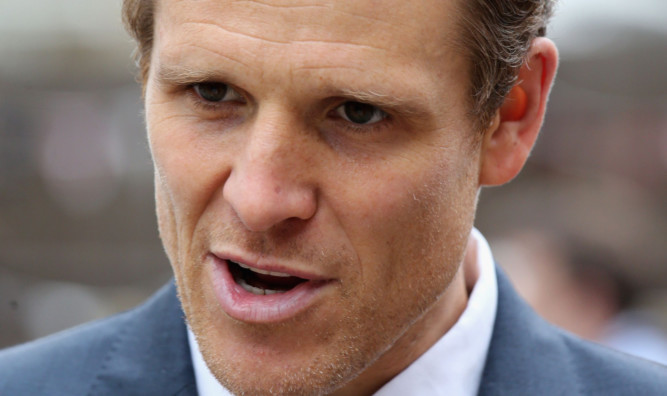Primary schoolchildren should have annual body checks to help combat rising levels of obesity, former rower James Cracknell has said.
The double-Olympic gold medallist said the UK was facing a “national crisis” as he called for a series of new measures, including a tax on sugary drinks.
A report written by the ex-athlete has warned that while the proposed tax is not a “magic bullet”, it could have a “positive effect” on reducing obesity levels, especially for children.
Among his recommendations, Cracknell said children aged four to 11 should be measured annually to get a “true picture” of how they were developing physically. Currently, children aged four to five and 10 to 11 have their height and weight measured to work out their body mass index (BMI).
Cracknell described obesity as a “national crisis” and said it had “severe ramifications on peoples’ lives and on society as a whole”.
“The human misery and drain on the public finances is so great that the Government has no option but to intervene to give people who are severely obese the help they desperately need,” he said.
“There will be inevitable opposition to what will be labelled as nannying, but the same was true of the reaction to legislation on seat belts and drink-driving.”
In his report, published by the think-tank Policy Exchange, Cracknell argues that revenues raised by a sugary drinks tax should be spent on preventing obesity rather than treatment.
He also recommends using teaspoons as a unit of measurement on food and drinks packaging to ensure people know how much sugar is contained in them.
Letters sent to parents of obese children were effectively “fat shaming” and could contribute to other physical and mental health illnesses such as anorexia, he said. Instead, schools should provide parents with advice encouraging more sleep, physical exercise and eating nutritious meals, Cracknell added.
The Government will publish its strategy for tackling childhood obesity in the next few weeks.
It has so far resisted calls for a tax on sugary drinks, called for by campaigners including celebrity chef Jamie Oliver.
Current estimates for school-age children are that 14.7% of all their calorie intake is made up of sugar.
A third of 10 to 11 year olds and more than a fifth of four to five year olds in England are overweight or obese.
